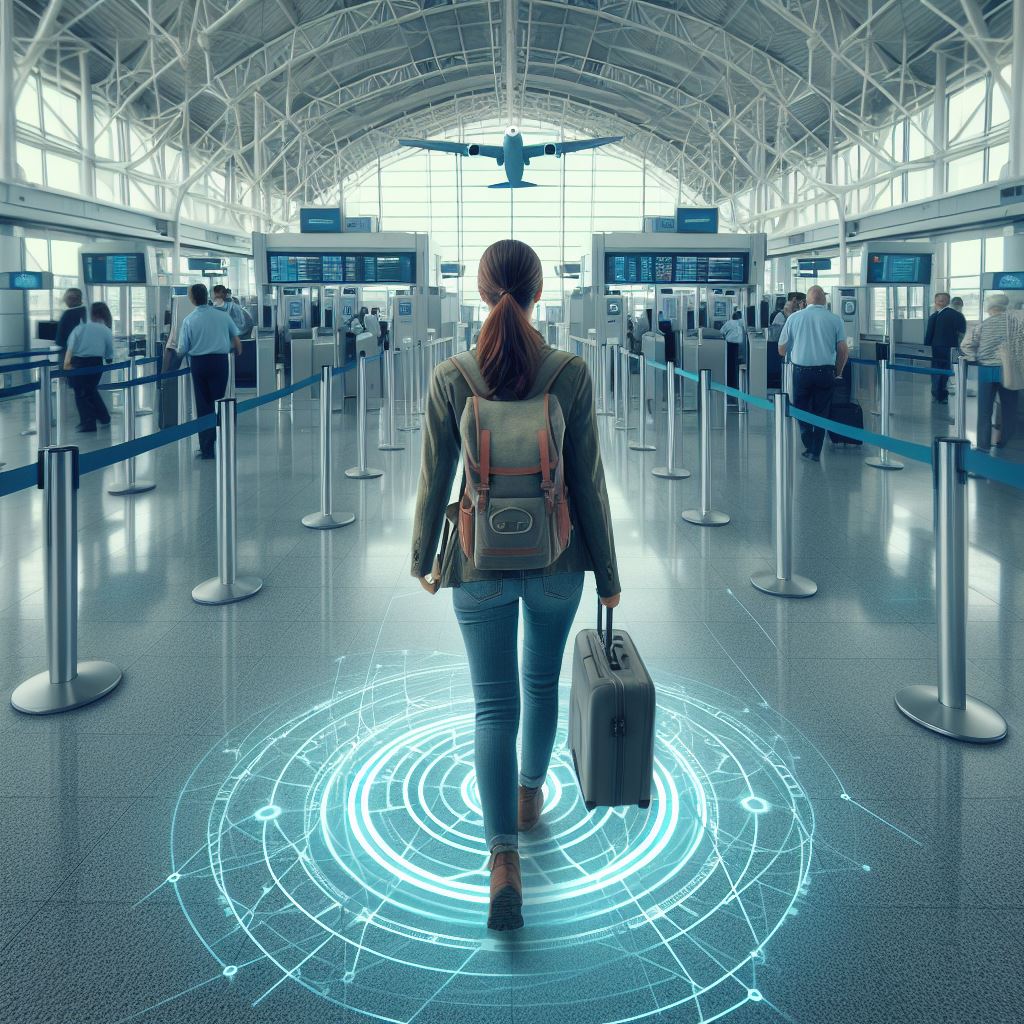In a report published by The New York Times on Sunday (Feb. 18), experts in the travel industry predict that biometric technology, particularly facial recognition, could fundamentally transform air travel, marking a significant milestone in the integration of biometrics in air travel by the year 2024. Spearheaded by figures like Henry Harteveldt, a prominent travel industry analyst at Atmosphere Research, the report sheds light on the imminent “tipping point” for the integration of biometrics into various facets of air travel, promising to streamline processes and enhance security for passengers worldwide.
Biometrics in air travel revolutionizing passenger experience
The anticipation surrounding the widespread adoption of biometric technology in air travel is palpable, with industry insiders projecting 2024 as the turning point. Henry Harteveldt, drawing from his extensive expertise, emphasizes the potential of biometrics to overhaul cumbersome procedures such as security screening, boarding, and luggage handling. The envisioned scenario entails passengers seamlessly navigating airport terminals by simply presenting their faces, thereby alleviating waiting times and reducing travel-related stressors.
Major U.S. airlines, alongside governmental aviation security agencies, are at the forefront of this transformative wave, investing substantially in facial recognition technology. Simultaneously, international airports across the globe are embracing biometrics to expedite immigration and customs processes, signaling a paradigm shift towards enhanced operational efficiency and passenger convenience.
The integration of biometric technology extends beyond mere convenience, promising to bolster security measures across the air travel landscape. By harnessing biometric identifiers such as facial features or fingerprints, airports and airlines can enhance the accuracy and efficacy of identity verification processes. This heightened level of security not only mitigates the risk of unauthorized access but also enables swift and precise identification of individuals of interest, bolstering overall safety standards within the aviation sector.
Ethical and privacy concerns loom large
Despite the promising prospects associated with biometric integration, the adoption of facial recognition technology in air travel has sparked a chorus of ethical and privacy concerns. Dr. Morgan Klaus Scheuerman, a respected researcher in the realm of artificial intelligence ethics at the University of Colorado, underscores the pressing questions surrounding the training methodologies of these biometric systems. Also, apprehensions persist regarding the treatment of individuals opting out of facial recognition, with skeptics questioning whether such actions could inadvertently raise suspicion.
The discourse surrounding these ethical dilemmas has gained traction within legislative circles, manifesting in initiatives like the Travelers’ Privacy Protection Act (TPPA). Proposals such as the TPPA aim to curtail the unbridled deployment of facial recognition technology by regulatory bodies like the Transportation Security Administration (TSA), reflecting a broader societal concern regarding the potential misuse of personal data and erosion of privacy rights.
As the use of biometric technology becomes more prevalent, the need for comprehensive regulatory frameworks becomes increasingly apparent. Striking a delicate balance between innovation and privacy rights necessitates proactive measures to safeguard individuals’ sensitive data. Collaborative efforts between industry stakeholders, regulatory bodies, and privacy advocates are imperative in devising robust guidelines that ensure ethical deployment and responsible management of biometric systems. Only through concerted action can the air travel industry harness the full potential of biometric technology while upholding fundamental principles of privacy and ethical conduct.
Balancing biometric innovation with privacy rights in air travel
As the aviation industry hurtles towards an era defined by the ubiquitous presence of biometric technology, a fundamental question looms large: how do we strike a balance between innovation and safeguarding individual rights? The trajectory of biometrics in air travel undeniably holds immense promise in terms of enhancing efficiency and bolstering security measures.
However, the ethical and privacy implications inherent in this technological evolution necessitate robust legislative frameworks and conscientious oversight mechanisms. In navigating this intricate terrain, stakeholders must grapple with the imperative of harnessing technological advancements while upholding fundamental principles of privacy and ethical conduct.
In light of the escalating discourse surrounding biometric integration in air travel, how can regulatory bodies and industry stakeholders collaboratively address ethical concerns while maximizing the benefits of technological innovation?





